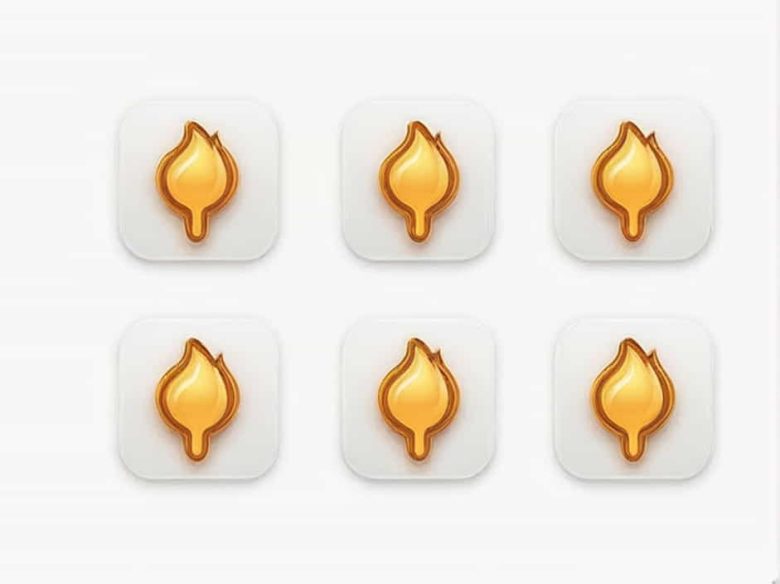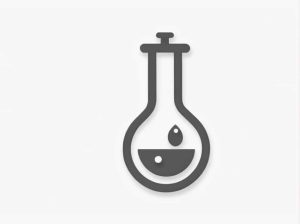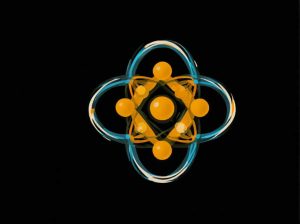Caramelization is a fascinating chemical process that occurs when sugar is exposed to heat transforming it into a rich golden-brown substance with a deep complex flavor. This reaction is essential in cooking and baking contributing to the taste color and aroma of many delicious foods.
But what exactly happens when sugar caramelizes? How does heat change the structure of sugar molecules and what factors influence this process? Let’s explore the science behind caramelization its stages and its importance in the culinary world.
What Is Caramelization?
1. Definition of Caramelization
Caramelization is a non-enzymatic browning reaction that occurs when sugar is heated to a specific temperature. Unlike the Maillard reaction which involves amino acids and proteins caramelization only involves sugars.
2. How Caramelization Works
When sugar is exposed to heat its molecular structure breaks down leading to the formation of new compounds that create caramel’s distinct color aroma and flavor. This transformation happens in several stages each contributing to different taste profiles.
The Science Behind Sugar Caramelization
1. Temperature and Stages of Caramelization
Different sugars caramelize at different temperatures. Here are the general caramelization points for common sugars:
| Type of Sugar | Caramelization Temperature (°C / °F) |
|---|---|
| Fructose | 110°C (230°F) |
| Galactose | 160°C (320°F) |
| Glucose | 160°C (320°F) |
| Sucrose (Table Sugar) | 170°C (338°F) |
At these temperatures sugar molecules break down and reorganize forming new flavorful compounds.
2. Chemical Changes During Caramelization
The caramelization process involves:
- Sugar melting – Solid sugar turns into a liquid.
- Decomposition of sucrose – Sugar molecules break down into fructose and glucose.
- Formation of new compounds – The broken molecules undergo further chemical reactions forming furans esters and diacetyl responsible for caramel’s unique taste.
- Color transformation – Sugars turn golden amber or deep brown depending on how long they are heated.
Flavors Produced During Caramelization
Caramelization creates a variety of flavors ranging from sweet and buttery to nutty and bitter. The taste depends on temperature and duration:
- Light caramelization (170°C / 338°F) – Sweet slightly buttery flavors.
- Medium caramelization (180°C / 356°F) – Rich nutty and toasted flavors.
- Dark caramelization (190°C / 374°F) – Bitter smoky notes.
The longer sugar is heated the more complex the flavors become. However excessive heat can lead to burning which produces an unpleasant bitter taste.
Factors That Affect Caramelization
1. Type of Sugar Used
Different sugars caramelize at different rates. Fructose caramelizes at the lowest temperature making it more sensitive to heat while sucrose requires higher temperatures.
2. Presence of Water
Water slows down caramelization by dissolving sugar crystals preventing them from browning too quickly. This is why recipes often use a wet caramel method (with water) or dry caramel method (without water).
3. Acidity and pH Levels
Adding acids like lemon juice or vinegar can influence caramelization by breaking down sugar molecules faster. Some recipes use acidic ingredients to create a smoother caramel texture.
4. Cooking Time and Heat Intensity
- Low heat + slow cooking = Gentle caramelization with mild flavors.
- High heat + quick cooking = Faster caramelization with intense flavors but a higher risk of burning.
Caramelization vs. Maillard Reaction: What’s the Difference?
Many people confuse caramelization with the Maillard reaction but they are different processes:
| Feature | Caramelization | Maillard Reaction |
|---|---|---|
| Requires Sugar? | Yes | Yes + Proteins (Amino Acids) |
| Temperature Range | 110°C – 190°C (230°F – 374°F) | 140°C – 165°C (284°F – 329°F) |
| Common in | Caramel toffee syrups | Grilled meat baked bread roasted coffee |
| Main Flavor Notes | Sweet nutty bitter | Savory umami complex |
Both reactions enhance food flavor but the Maillard reaction is responsible for the browning of foods like steak toast and roasted coffee beans.
Uses of Caramelization in Cooking
Caramelization is essential in many culinary applications adding depth of flavor and color to different dishes.
1. Caramel Sauces and Syrups
Caramelized sugar is the base for classic caramel sauce used in:
- Ice cream toppings
- Coffee and lattes (e.g. caramel macchiato)
- Desserts like crème brûlée
2. Baked Goods and Pastries
- Caramelized sugar gives cakes cookies and pastries a deep golden color and rich flavor.
- Toffee and butterscotch rely on caramelized sugar for their sweet buttery taste.
3. Roasted Vegetables and Fruits
Caramelization enhances the natural sweetness of:
- Roasted carrots onions and bell peppers
- Caramelized apples bananas and peaches
4. Candies and Confections
Many sweets depend on caramelization including:
- Hard caramel candies
- Brittle and pralines
- Caramel-coated popcorn
5. Caramelized Meats
Glazes made from caramelized sugar add rich sweet notes to:
- Honey-glazed ham
- Teriyaki and barbecue sauces
Common Mistakes in Caramelization
Caramelizing sugar can be tricky. Here are some common mistakes and how to avoid them:
1. Burning the Sugar
- Solution: Use medium heat and watch closely to prevent overheating.
2. Stirring Too Much
- Solution: Avoid stirring after sugar melts to prevent crystallization.
3. Not Using the Right Pan
- Solution: Use a heavy-bottomed pan for even heat distribution.
4. Adding Cold Liquid Too Quickly
- Solution: Warm liquids before adding to prevent sugar from hardening.
Frequently Asked Questions (FAQs)
1. Does Brown Sugar Caramelize Faster Than White Sugar?
Yes! Brown sugar contains molasses which caramelizes faster than white sugar.
2. What Is the Best Temperature for Caramelizing Sugar?
For sucrose (table sugar) the ideal temperature is 170°C (338°F).
3. Can You Caramelize Sugar Without Water?
Yes! This is called the dry caramel method but it requires careful heat control to avoid burning.
4. How Do You Stop Caramel from Hardening?
Adding cream butter or warm water prevents caramel from turning too hard.
Caramelization is a transformative process that occurs when sugars are heated creating rich flavors and colors. This reaction is essential in cooking and baking from making sweet sauces and candies to enhancing roasted foods.
Understanding how sugar caramelizes the factors that influence it and common mistakes to avoid will help you achieve perfectly caramelized flavors in your kitchen. Whether you’re making caramel sauce baked goods or savory glazes mastering caramelization will elevate your culinary skills!



